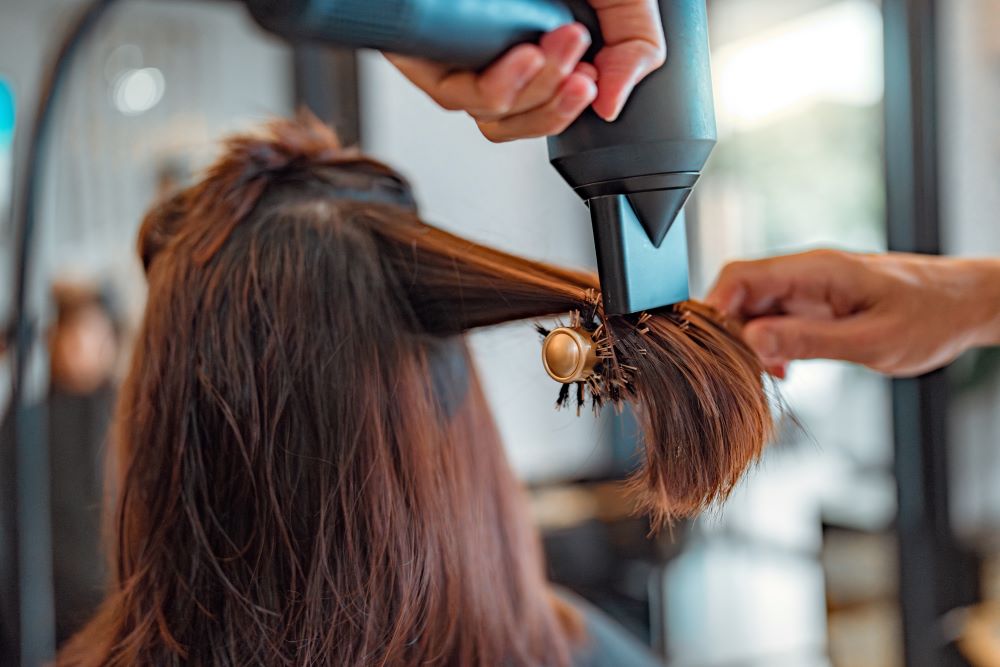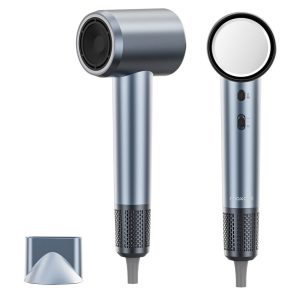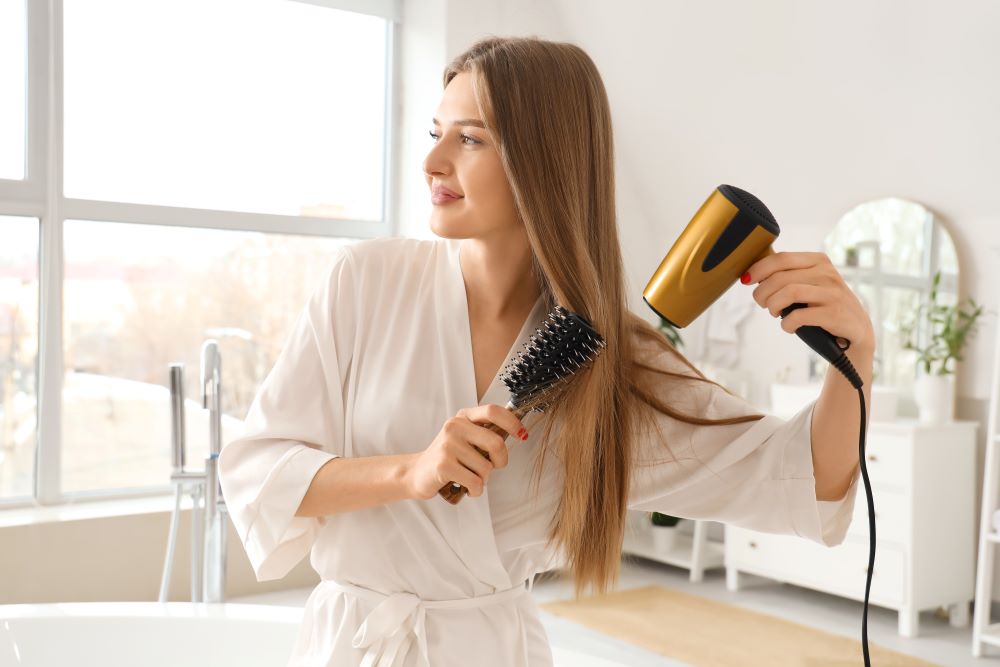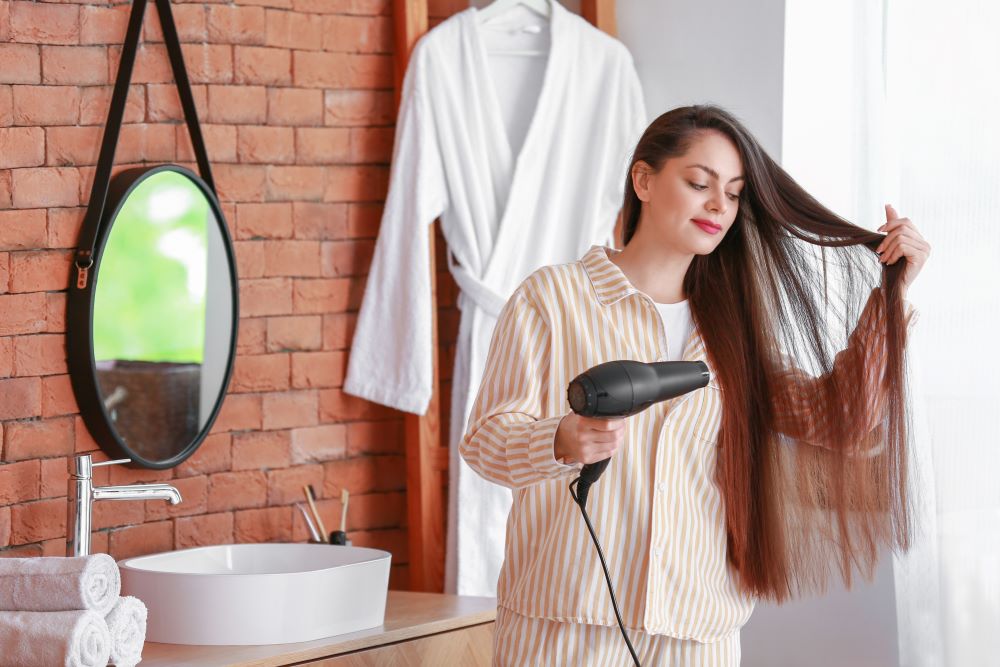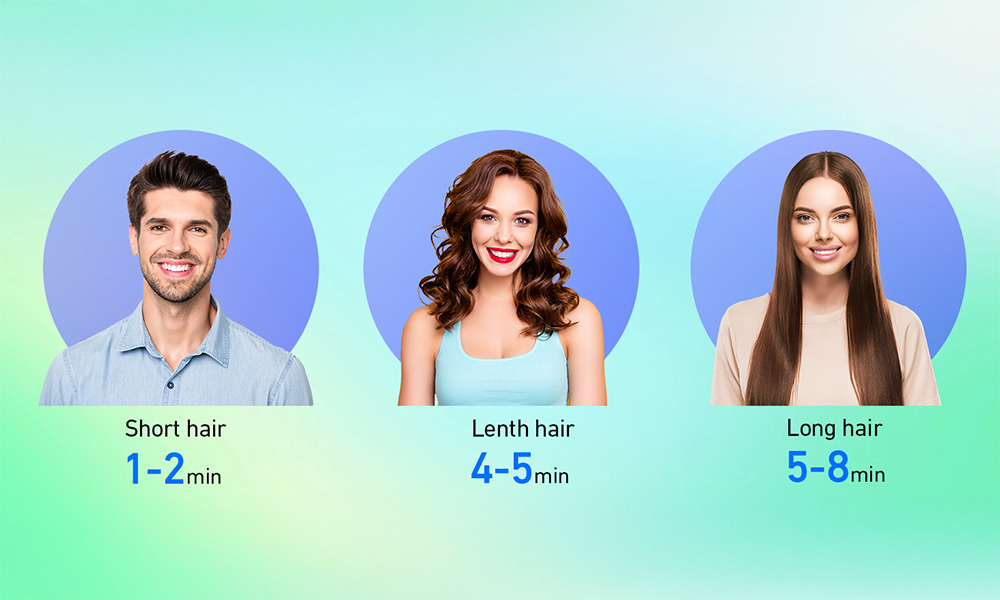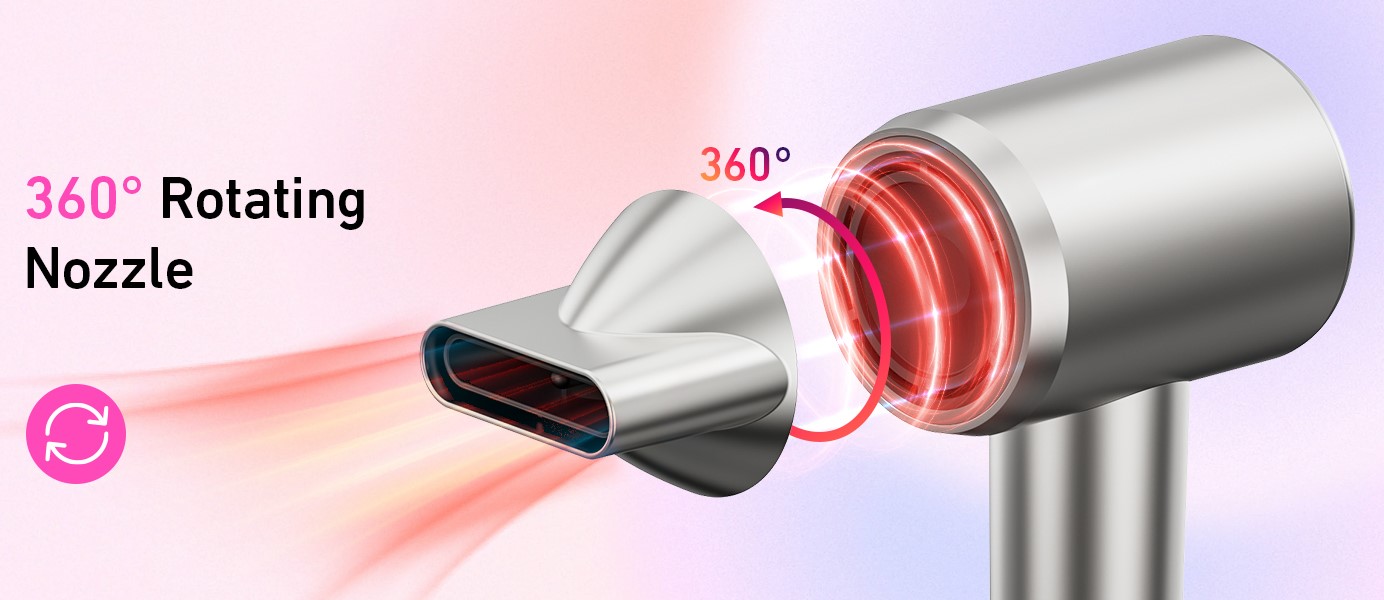
- Home
- Hair Dryer
- Hair Dryer Safety: Essential Tips to Avoid Accidents and Injuries
Hair Dryer Safety: Essential Tips to Avoid Accidents and Injuries
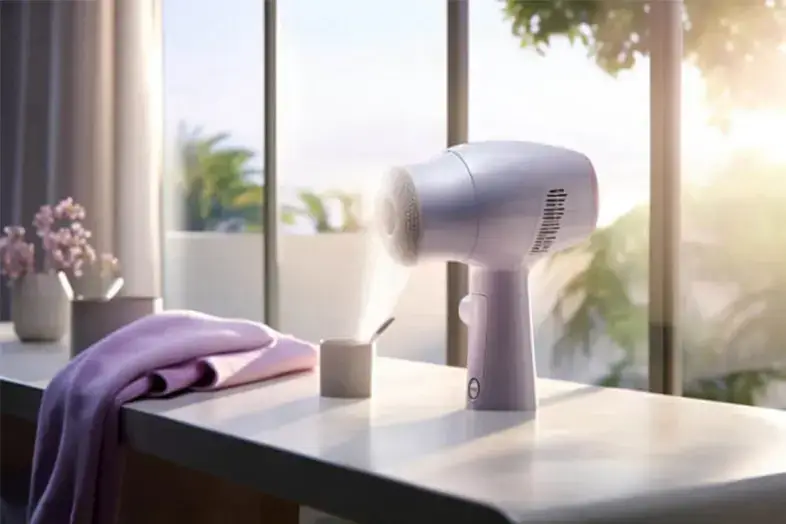
Welcome to our comprehensive guide on hair dryer safety! In this blog, we aim to shed light on a topic that is often overlooked in our daily routines: the safe use of hair dryers. Many of us rely on hair dryers for our daily grooming, but how often do we pause to consider their safety aspects? The truth is, while hair dryers are incredibly useful, they can also pose significant risks if not used correctly. This guide is designed to inform you about these risks and provide practical tips to avoid accidents and injuries. Whether you’re a regular user, a parent, or someone buying a hair dryer for the first time, this blog will equip you with essential knowledge and practices for safe usage.
A Brief Overview of Hair Dryer Hazards
Electrical Risks Explained
Electricity is the lifeblood of hair dryers, but it also presents one of the primary hazards. Electrical risks include electric shocks, short circuits, and the dangers of using a hair dryer near water. This section will delve into the mechanisms of these risks and how they can be avoided. We’ll discuss the importance of using hair dryers with GFCI (Ground Fault Circuit Interrupter) outlets, especially in bathrooms, and the dangers of using damaged or frayed cords.
Overheating and Fire Hazards
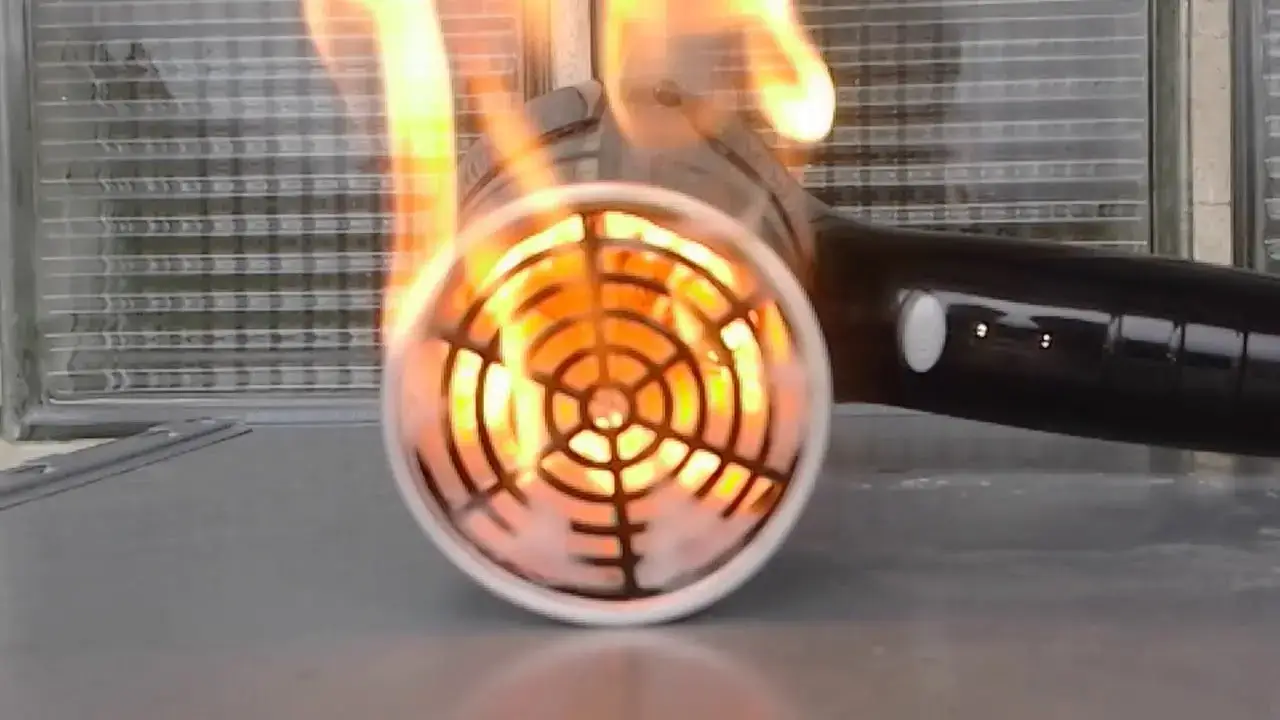
Hair dryers can reach high temperatures, which, if not monitored, can lead to overheating. Overheating is not just a threat to the device itself but can also be a fire hazard. In this part, we’ll explore the common causes of overheating, such as blocked vents or prolonged use, and how these can lead to potential fire risks. We’ll also discuss preventive measures, such as proper ventilation and regular breaks during use, to minimize these dangers.
Personal Injury Concerns
Apart from electrical and fire hazards, hair dryers can cause personal injuries. Burns are the most common injury, often resulting from direct contact with the appliance’s hot surfaces. We’ll discuss the importance of handling hair dryers carefully, especially when used near the face and scalp, and the necessity of teaching children about the potential dangers.
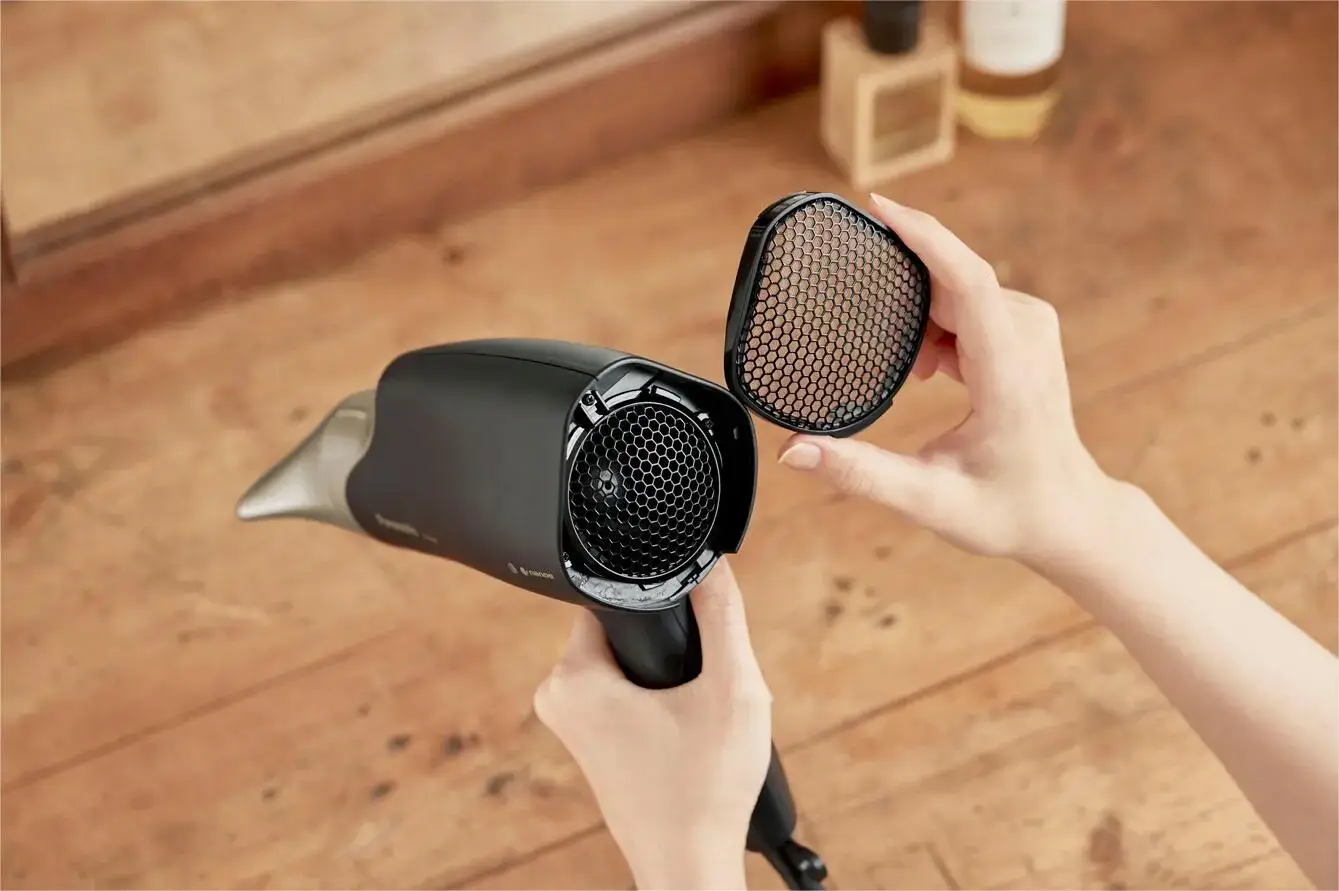
Pre-Purchase Considerations for Safety
Choosing the Right Hair Dryer: Safety Features to Look For
When purchasing a hair dryer, safety should be a priority. This section will guide you through key features to consider for a safe hair drying experience. We’ll discuss the importance of looking for hair dryers with automatic shut-off capabilities, multiple heat settings, and cool shot buttons. We’ll also explain why ergonomic design is not just about comfort but also about safety.
The Significance of Safety Certifications and Standards
Lastly, we’ll highlight the importance of safety certifications and standards in hair dryers. Understanding labels and certifications like UL (Underwriters Laboratories) or ETL (Electrical Testing Laboratories) is crucial. These certifications ensure that the product has been tested for safety hazards. We’ll explain what these certifications mean and why choosing a hair dryer that meets these standards can significantly reduce the risk of accidents and injuries.
Proper Usage Guidelines
Step-by-Step Guide for Safe Operation
Inspect Before Use: Always check the hair dryer for any visible damage before using it. Look for frayed cords, cracks, or loose parts.
Plug-In Safely: Ensure that your hands are dry before plugging in the hair dryer. Avoid using extension cords as they can increase the risk of electrical hazards.
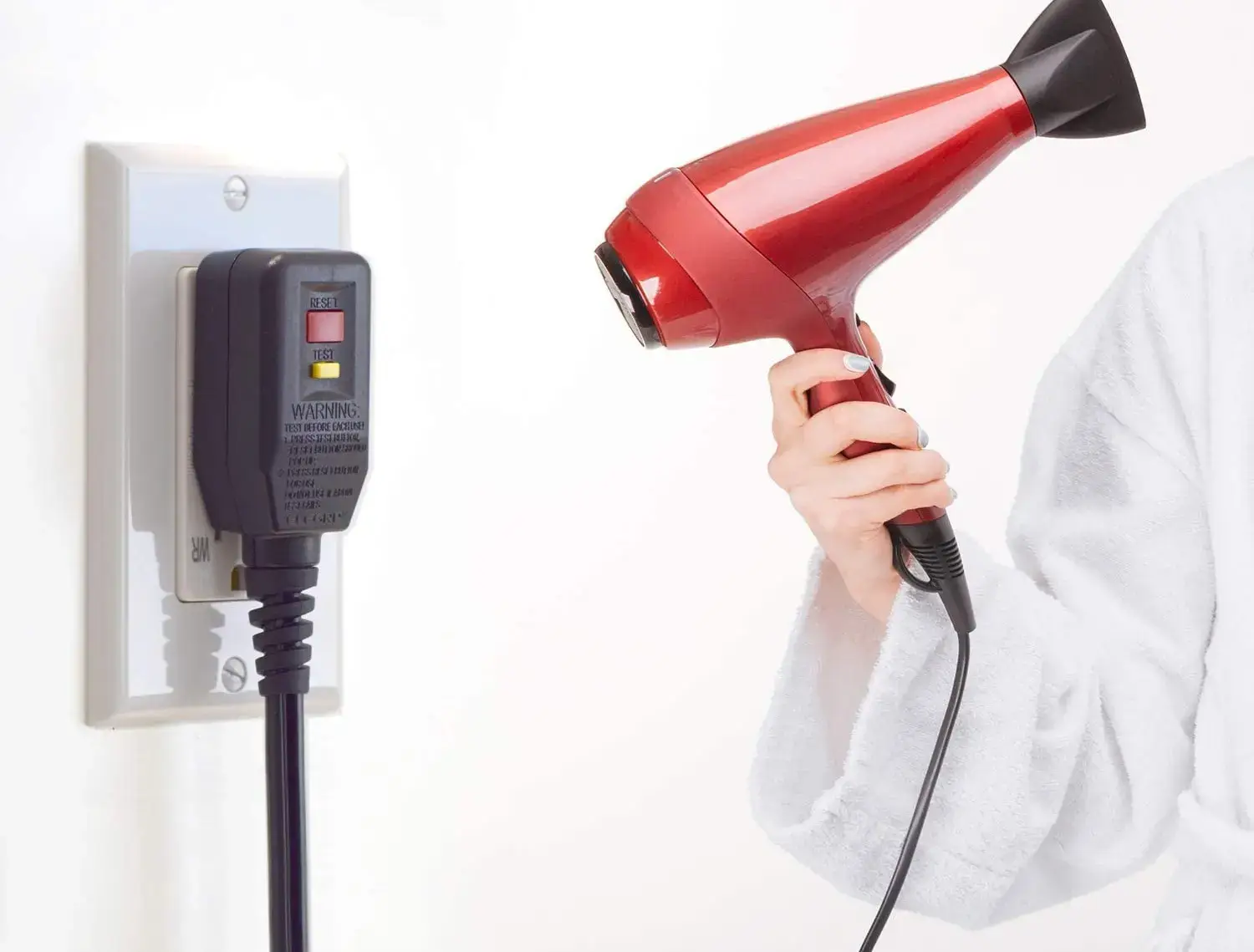
Use the Right Settings: Start with a lower heat setting and gradually increase if needed. This helps prevent overheating.
Keep It Moving: Don’t focus the dryer on one spot for too long to avoid heat damage to your hair and scalp.
Safe Distance: Keep the dryer at least a few inches away from your hair to prevent burns.
Unplug After Use: Once you’re done, turn the dryer off and unplug it by pulling the plug, not the cord.
Dos and Don’ts of Hair Dryer Use
Do: Use a hair dryer with a GFCI (Ground Fault Circuit Interrupter) in bathrooms.
Don’t: Use the hair dryer near water to avoid electrical shocks.
Do: Keep the air intake vent clear of lint and hair.
Don’t: Cover the air vents while using the dryer.
Do: Use the dryer in well-ventilated areas.
Don’t: Leave a running hair dryer unattended.
Maintenance and Care for Hair Dryers
Cleaning and Storage Tips

Regular Cleaning: Clean the lint filter regularly to maintain airflow and prevent overheating.
Proper Storage: After the dryer cools down, store it in a dry place, and avoid wrapping the cord tightly around the dryer.
Humidity and Moisture: Keep the dryer away from high humidity areas when not in use to prevent internal damage.
Recognizing Signs of Wear and Tear
Frequent Overheating: If your hair dryer overheats frequently, it’s a sign of internal issues.
Strange Noises or Smells: Unusual sounds or burning smells can indicate a serious problem.
Cord Damage: Look out for frayed or damaged cords, which are major electrical hazards.
Dealing with Common Hair Dryer Issues Safely
Troubleshooting Minor Problems
Hair dryers, like any electrical appliance, can experience a range of common issues. However, addressing these problems safely is crucial. For instance, if your hair dryer is not turning on, first check the power source and ensure the outlet is functioning. If it overheats frequently, give it a rest between uses and make sure the air intake is not blocked. A decrease in efficiency could indicate a clogged filter, which can be cleaned according to the manufacturer’s instructions. Always unplug the hair dryer before attempting any troubleshooting.
Knowing When to Replace Your Hair Dryer
Understanding when to replace your hair dryer can prevent accidents. Key indicators include strange noises or smells, consistent overheating, frayed cords, or a malfunctioning switch. If your hair dryer is more than a few years old, consider upgrading to a newer, safer model with advanced safety features. Never attempt to repair a hair dryer yourself, as this could void warranties and compromise safety.
maxodo High-Speed Hair Dryer: This hair dryer is an advanced grooming tool designed for efficiency and safety. Equipped with a powerful 1400W motor, it delivers exceptional performance, ensuring quick and effective drying. Operating within a voltage range of 110-120V and a frequency of 50-60Hz, this hair dryer is built to cater to the needs of modern users. What sets it apart is its adherence to international safety standards, as evidenced by its certifications from FCC, UL, and CCC. These certifications are not just mere labels; they signify the product’s compliance with rigorous safety norms, making it a reliable choice for consumers. Its high-speed functionality does not compromise on safety, providing users with a perfect blend of efficiency and security. Whether it’s for daily use or professional styling, the maxodo high-speed hair dryer stands out as a top-tier option in the personal care appliance market.
Special Considerations for Different Users
Tips for Parents: Teaching Kids About Hair Dryer Safety
Educating children on hair dryer safety is essential. Demonstrate proper usage, emphasizing the importance of keeping the device away from water to avoid electric shocks. Teach them to unplug the hair dryer after use and supervise them until they are old enough to use it safely on their own. Also, discuss the dangers of overheating and the importance of not obstructing the air intake.
Adaptations for Elderly or Disabled Users
Elderly or disabled users might require special considerations for safe hair dryer use. Look for lightweight models with simple controls and automatic shut-off features. Ensure the drying area is well-lit and free of hazards that could cause slips or falls. For those with limited mobility or strength, consider using a hair dryer stand or holder for a hands-free experience.
Conclusion
In conclusion, hair dryer safety is about choosing the right product, using it correctly, and knowing when it’s time for a replacement. Always prioritize products with safety certifications, and adhere to the guidelines for proper usage and maintenance. Regularly inspect your hair dryer for signs of wear and tear.
Continued awareness and caution are vital in preventing accidents and injuries. Stay informed about new safety features and technologies in hair care appliances. Keep educating yourself and family members, especially children, about the safe use of hair dryers. Remember, safety in the home begins with awareness and responsible use of all appliances.
Popular Post

Ultimate Guide to Using a Hair Dryer with Nozzle for Styling
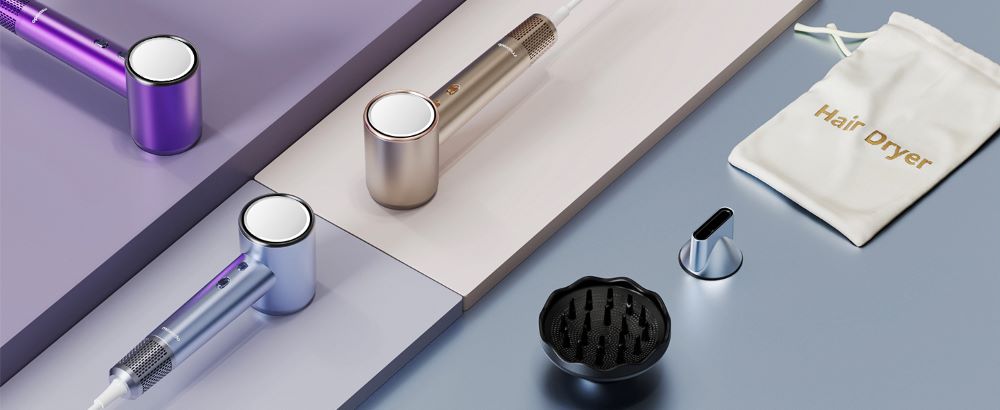
The Benefits of Using a Hair Dryer with a Diffuser
